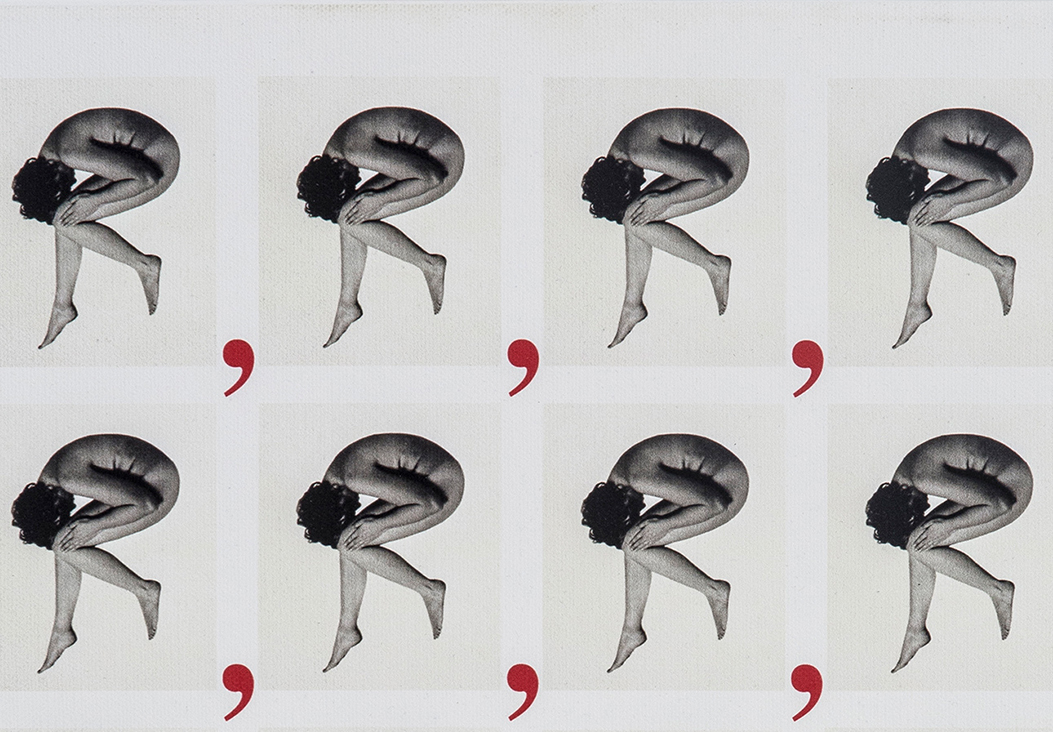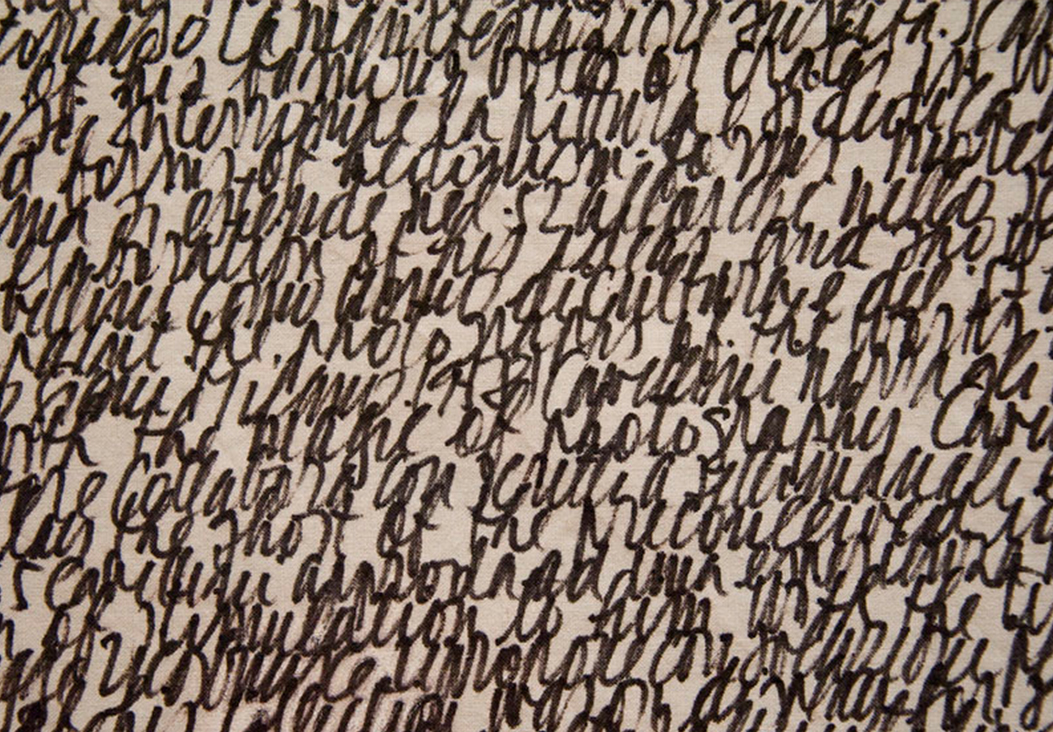Curated by Wunderkammern
Critical essay by Lorenzo Mango
Tomaso Binga and Guglielmo Achille Cavellini both belong to that generation of artists who had a great flair for surprise, recounting with subtle irony the changes in Italy during the Seventies and Eighties, anticipating the methods of communicating and interpreting society that are peculiar to our times.
Tomaso Binga was one of the leading figures in visual poetry, a performer and multifaceted artist, and was presented by Wunderkammern at Artissima 18 in the “Back to the future” section, after being selected by a scientific committee composed of Massimiliano Gioni (New Museum of Contemporary Art in New York and Fondazione Nicola Trussardi in Milan), Christine Macel (Centre Pompidou, Paris), and Jessica Morgan (Tate Modern, London).
Guglielmo Achille Cavellini, born in Brescia in 1914 (died 1990), came into contact with the art world in the Forties when he collected abstract works. Portrayed by the greatest artists of the age, including Rotella, Warhol and Ceroli, Cavellini began his multidimensional career as an artist by taking everyday objects, and also works of his own or by other artists, and then transforming or destroying them.
One date is common to the paths of both artists: 1971, a year that would mark a turning-point, with both artists playing on the concept of identity. One, Bianca Menna, adopted the male name of Tomaso Binga in reference to the ambiguity of social roles based on gender; and the other, Guglielmo Achille Cavellini, began to promote himself as an artist in the future with the famous project Autostoricizzazione (Self-historification), which celebrated his centenary and was promoted in Rome by Wunderkammern.
During the Prefigure exhibition, their most significant works from the Seventies were shown: for Binga, the Alfabetiere murale (Mural Alphabet) of 1976, which had never previously been exhibited; the Dattilocodice (Typedcode), the result of overlaying type-written signs which thus become new images; the 1976 installation, Mater-Litanie Lauretane, in which, like a litany, the term MATER is flaunted and repeated obsessively by means of a woman’s body. For Guglielmo Achille Cavellini, there was i Carboni (Coals), works burnt as an act of purification; Cassette che contengono opere distrutte (Crates Containing Destroyed Works); the valuable Vestito scritto, Tight azzurro (Written suit, Blue morning-coat) of 1974 which he wore during his famous performance activities throughout the world.


